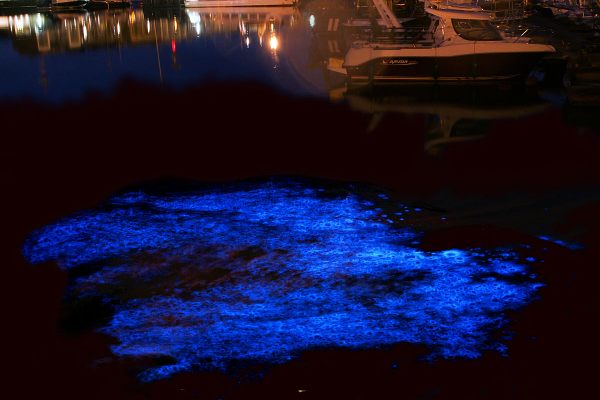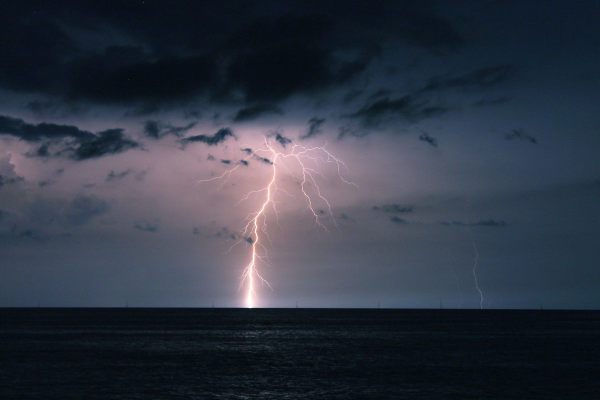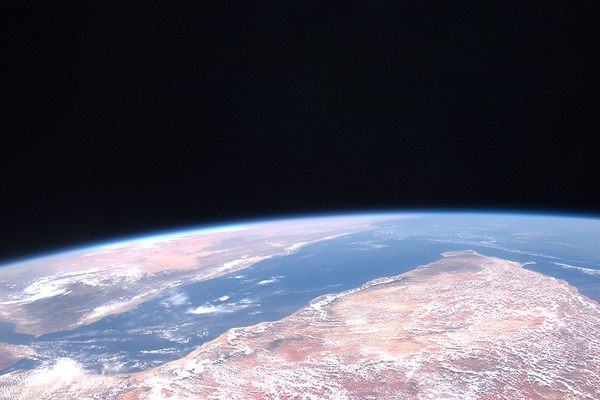100 Wonders: The Great Glowing Ocean
There is something magical about bioluminescence.
Fish, insects, plants, even the parts of ocean itself all glowing from within, creating their own internal light—it feels like something from a fantasy novel made real. So it is no surprise that Jules Verne, lover of all things strange and wondrous, would be intrigued by the phenomenon. However it was regarded as pure fantasy when, in 20,000 Leagues Under The Sea, Verne wrote of a vast area of the ocean that glowed from horizon to horizon:
“It is called a milk sea,” I explained. “A large extent of white wavelets often to be seen on the coasts of Ambouna, and in these parts of the sea… the whiteness which surprises you is caused by the presence of myriads of infusoria, a sort of luminous little worm.”
Just a bit more imagination from a man whose characters tunnel into the earth only to find herds of mastodon grazing in the center. However in 2005, thanks to the devoted efforts of a curious scientist and satellite imagery, we discovered that Verne’s milky seas had been squarely grounded in reality all along.

































Follow us on Twitter to get the latest on the world's hidden wonders.
Like us on Facebook to get the latest on the world's hidden wonders.
Follow us on Twitter Like us on Facebook